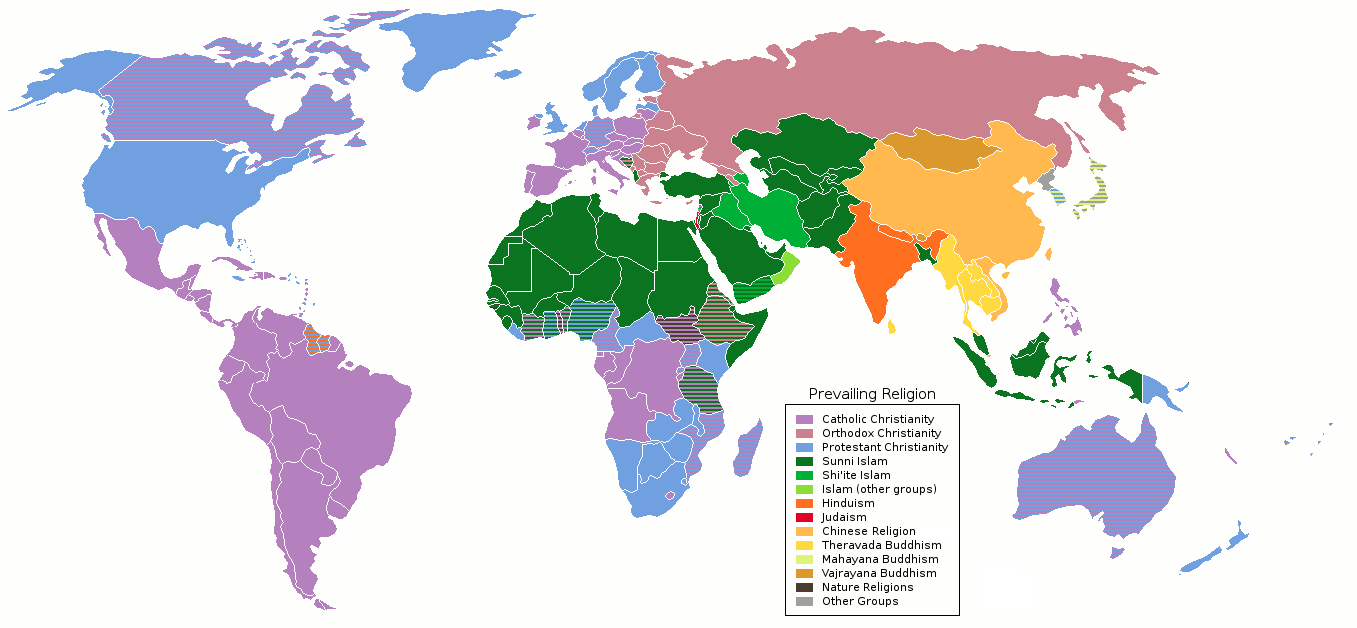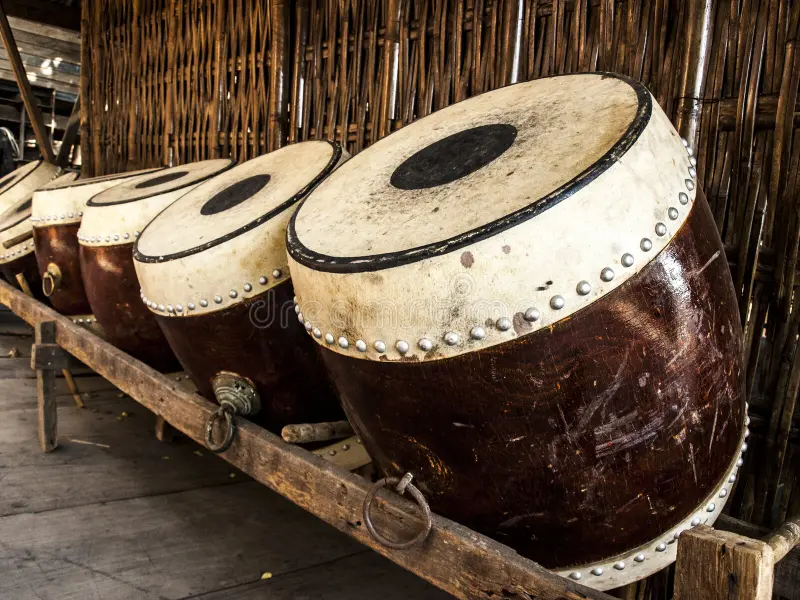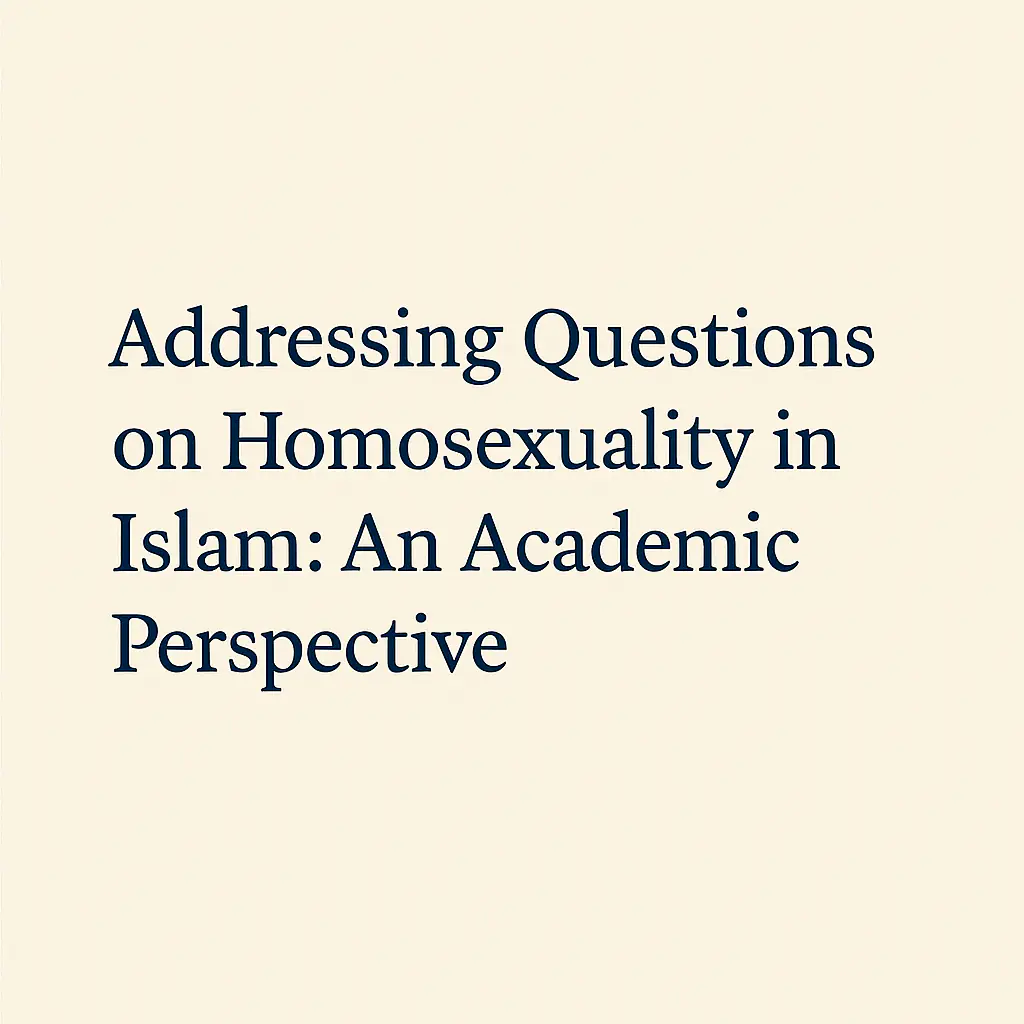Question
I have heard Javed Ghamidi sahib explain that alif-laam in Arabic is the definite article and is the same as ‘the’ of English. From a lecture by him posted on http://www.tv-almawrid.org, I got the impression that, according to him, it is always used as a definite article. I am finding this difficult to reconcile with alif laam’s other uses and would like to find out about his response. Alif-laam, according to my limited understanding, is used both as a definite article as well as an article to indicate a genus, referred to as al-laamu jins. In that usage, the sentence, such as al-rajulu khayrun mina lmar`ati would mean “man is better than woman” in general and not necessarily specify a particular man and woman. In Quran, one sees examples of this too. For instance, in verse 2:83, orphans, needy and people are referred to as al-yatama, al-masakeen and an-naas, all referring to general categories and not specific to a particular group. I would like to understand when Mr. Ghamidi explains the first few verses of Surah Taubah, how can one understand that being an alif-laam MUST imply that it is specific mushrikeen and not general to all mushrikeen. I understand that based on the textual context and context of revelation, one can argue either way, but I am more interested in understanding the linguistic aspect of it. A related but separate question is that if we use al-mushrikeen to understand the polytheists of the Prophet’s (pbuh) time only, then I will also request you to consider the verses of Quran that command Muslims to pay due rights of orphans (such as 2:220 and 4:2) that use the word al-yataama. However, we do not understand them to be specific to the orphans of Prophet Muhammad’s time, but rather commandments that are general for orphans of all times.
Answer
First it needs to be clarified that in the opinion of Mr Ghamidi the article alif laam is used in both ways you have indicated. It is used to connote a specific entity (called alif laam of ‘ahd (referred by you as the definite article)), and it is also used as alif laam of genus to indicate a common entity without specifying it.
Answered by: Dr. Shehzad Saleem
Date: 2015-03-01









